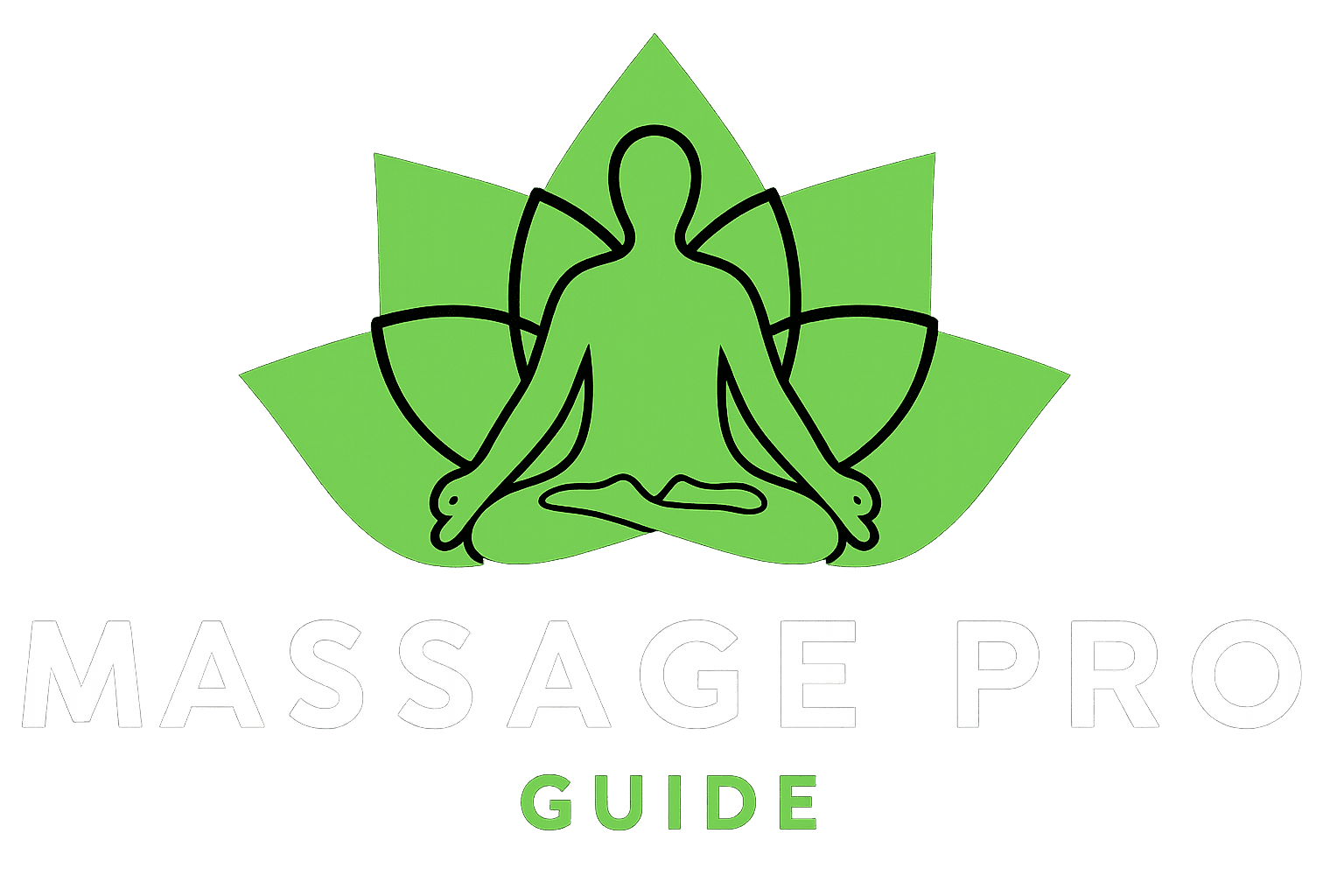Welcome to our guide on the unexpected side of relaxation, exploring the potential disadvantages of foot massages. While widely cherished for their soothing effects, it’s crucial to tread carefully into the world of foot therapy. Intrigued? Discover why even this popular form of relaxation has its flip side, including risks like over-stimulation and hygiene concerns. Our aim? To arm you with knowledge, ensuring your pursuit of comfort remains blissful and safe. Ready to learn more and navigate the world of foot massages with confidence? Let’s dive in.
Potential Disadvantages of Foot Massage
Table of Contents
- 1 Potential Disadvantages of Foot Massage
- 1.1 Disadvantage #1: Stimulating the Wrong Pressure Points
- 1.2 Disadvantage #2: Risk of Infection
- 1.3 Disadvantage #3: Foot Pain
- 1.4 Disadvantage #2: Foot Massages in Pregnancy
- 1.5 Disadvantage #5: Inexperienced Practitioners
- 1.6 Disadvantage #6: Skin Disorders
- 1.7 Disadvantage #7: Skin Allergies
- 1.8 Disadvantage #8: Injured Feet
- 2 The Importance of Professional Expertise
- 3 Conclusion
While foot massages are widely recognized for their relaxation and health benefits, it’s important to be aware of their potential downsides. Understanding these disadvantages can help individuals make informed decisions about their wellness routines.
Disadvantage #1: Stimulating the Wrong Pressure Points
Applying pressure to incorrect points on the feet can lead to unexpected and sometimes adverse outcomes. This practice, often associated with reflexology or acupressure, believes certain areas on the feet are linked to other body parts. If pressure is inaccurately applied, it might not only fail to provide relief but could potentially worsen existing conditions or create new issues. For instance, stimulating a point corresponding to the stomach might exacerbate digestive problems rather than alleviate them.
Disadvantage #2: Risk of Infection
Foot massages can become a source of infection if proper hygiene is not maintained. The use of unsterilized tools or the presence of an unclean environment can introduce harmful bacteria or fungi to the skin and nails. This risk is especially high when clients share tools without adequate sterilization, leading to conditions like nail fungus or bacterial infections.
Disadvantage #3: Foot Pain
While foot massages are generally seen as relieving pain, they can sometimes have the opposite effect, particularly in individuals with specific foot conditions like plantar fasciitis. This condition involves inflammation of the band of tissue running across the bottom of the foot, and applying pressure through massage can exacerbate the pain and discomfort instead of providing relief.
Disadvantage #2: Foot Massages in Pregnancy
Pregnant women are often advised to approach foot massages with caution. Certain areas on foot, when massaged, are believed to trigger uterine contractions, which could lead to complications such as preterm labour or, in extreme cases, miscarriage. Those pregnant must consult healthcare providers before receiving foot massages and ensure that the practitioner is aware of their pregnancy and safe practices.
Disadvantage #5: Inexperienced Practitioners
The skill and knowledge of the practitioner play a significant role in the effectiveness and safety of a foot massage. Inexperienced or untrained masseurs might fail to provide therapeutic benefits and cause harm by applying incorrect techniques or excessive pressure. It’s important to seek services from certified professionals who have undergone proper training in foot massage therapy.
Disadvantage #6: Skin Disorders
Foot massages can sometimes worsen skin disorders, such as foot fungus, including conditions like athlete’s foot and ringworm. These fungal infections thrive in warm, moist environments and can spread easily through direct contact or contaminated surfaces. Massaging an infected foot without proper precautions can spread the fungus and exacerbate the condition.
Foot Fungus
Athlete’s foot and ringworm are common fungal infections that affect the skin of the feet. These conditions can cause itching, burning, and cracked skin. When feet with such infections are massaged, there’s a risk of spreading the fungus to other parts of the foot or even to the hands of the masseur, highlighting the importance of identifying and treating these conditions before undergoing foot massage therapy.
Foot Massages in Cancer Patients
For individuals undergoing chemotherapy, foot massages might interact with their treatment in unforeseen ways. Chemotherapy can make the skin more sensitive and prone to bruising or bleeding, making even gentle massages potentially harmful. Cancer patients must discuss complementary therapies like foot massages with their healthcare team to ensure they don’t interfere with their treatment.
Disadvantage #7: Skin Allergies
The oils and lotions used in foot massages can sometimes trigger allergic reactions in individuals with sensitive skin. Reactions can range from mild irritation to severe allergic contact dermatitis, characterized by redness, itching, and blisters. Clients and therapists must discuss known skin allergies and possibly conduct a patch test before using new products during a massage.
Disadvantage #8: Injured Feet
Foot massages are not recommended for individuals with recent foot injuries, such as broken bones, sprains, or fractures. Massaging an injured foot can disrupt the healing process and may even lead to further damage. It’s crucial to wait until the injury has fully healed and to consult a healthcare professional before considering foot massage therapy as part of the rehabilitation process.
Read: Reason Behind Painful Chinese Foot Massage
The Importance of Professional Expertise

When considering foot massages, the therapist’s expertise plays a crucial role in ensuring the treatment’s safety and effectiveness. Choosing a qualified and experienced massage therapist is key to avoiding the potential disadvantages of foot massages.
Choosing Qualified Therapists
Selecting a therapist with the right qualifications involves looking for certifications and training in massage therapy. Certified therapists have undergone rigorous training programs that cover anatomy, physiology, ethics, and hands-on massage techniques. These programs ensure therapists understand how to apply pressure correctly, avoid injury, and tailor their approach to individual needs.
Reducing Risks through Professional Expertise
Experienced therapists are skilled at assessing a client’s condition and determining the most appropriate massage techniques. They know how to adjust the pressure to avoid over-stimulation of nerve endings and prevent injury. Their understanding of the body’s anatomy helps them identify areas that require attention and those that should be cautiously approached, such as sensitive or vulnerable regions.
Read: Are Vibrating Foot Massagers Good for You?
Q1: Can foot massages cause harm if done too frequently?
While foot massages are generally safe, excessive sessions without adequate intervals can lead to overstimulation of nerve endings and muscle soreness. It’s essential to listen to your body and allow time for recovery between sessions, ensuring the therapeutic benefits without adverse effects.
Q2: Are there any specific health conditions that make foot massages risky?
Individuals with certain health conditions, such as deep vein thrombosis, severe circulatory issues, open wounds, or skin infections on the feet, should exercise caution. It’s advisable to consult with a healthcare professional before undergoing foot massage therapy to avoid complications.
Q3: Is it normal to feel sore after a foot massage?
Mild soreness or discomfort can be a normal response, especially for those new to foot massages or sensitive feet. This typically subsides within a day or two. However, intense or prolonged pain is not normal and may indicate excessive pressure or an underlying issue that a professional should address.
Q5: How often should I get a foot massage?
The frequency of foot massages can vary based on individual needs, preferences, and responses. Some may benefit from weekly sessions, while others prefer a more sporadic schedule. Listening to your body and consulting with a professional therapist can help determine your best frequency.
Conclusion
While foot massages offer numerous benefits, it’s essential to approach them with caution and awareness of the potential disadvantages. Over-stimulation, risk of injury, circulatory concerns, temporary discomfort, and specific contraindications are important considerations. By being informed and choosing experienced therapists, individuals can enjoy the relaxation and health benefits of foot massages while minimizing potential risks.

